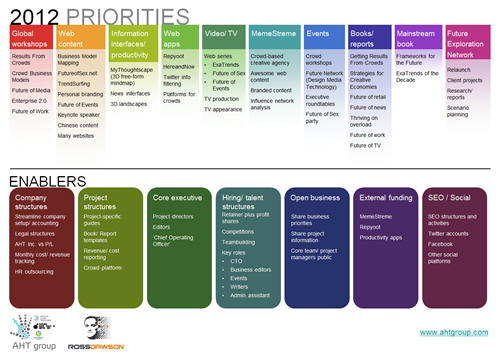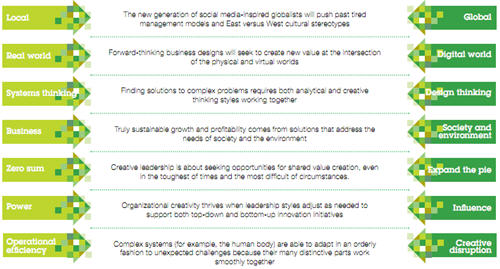Open Meeting Protocol and the structure of emergent collaboration
Last week I had an early evening meeting set up with Indy Johar, the inspiring co-founder of Hub Westminster. When I arrived I found that Indy had invoked an ‘Open Meeting Protocol’, offering £10 to Matt Sevenoaks of KPMG to join the meeting, who in turn invited Shelley Kuipers, the CEO of Chaordix, who as it happens I had conversed with on email as reecently as a few days before but had never met in real-life. Another Hub Westminster member Pamela joined us.
To be frank I don’t completely understand the protocol, even after viewing the very interesting Prezi explanation below from David Pinto. In essence it is a structure for inviting people to join a meeting by paying them (nominally) £10, and thus participating in a value-creating structure.


